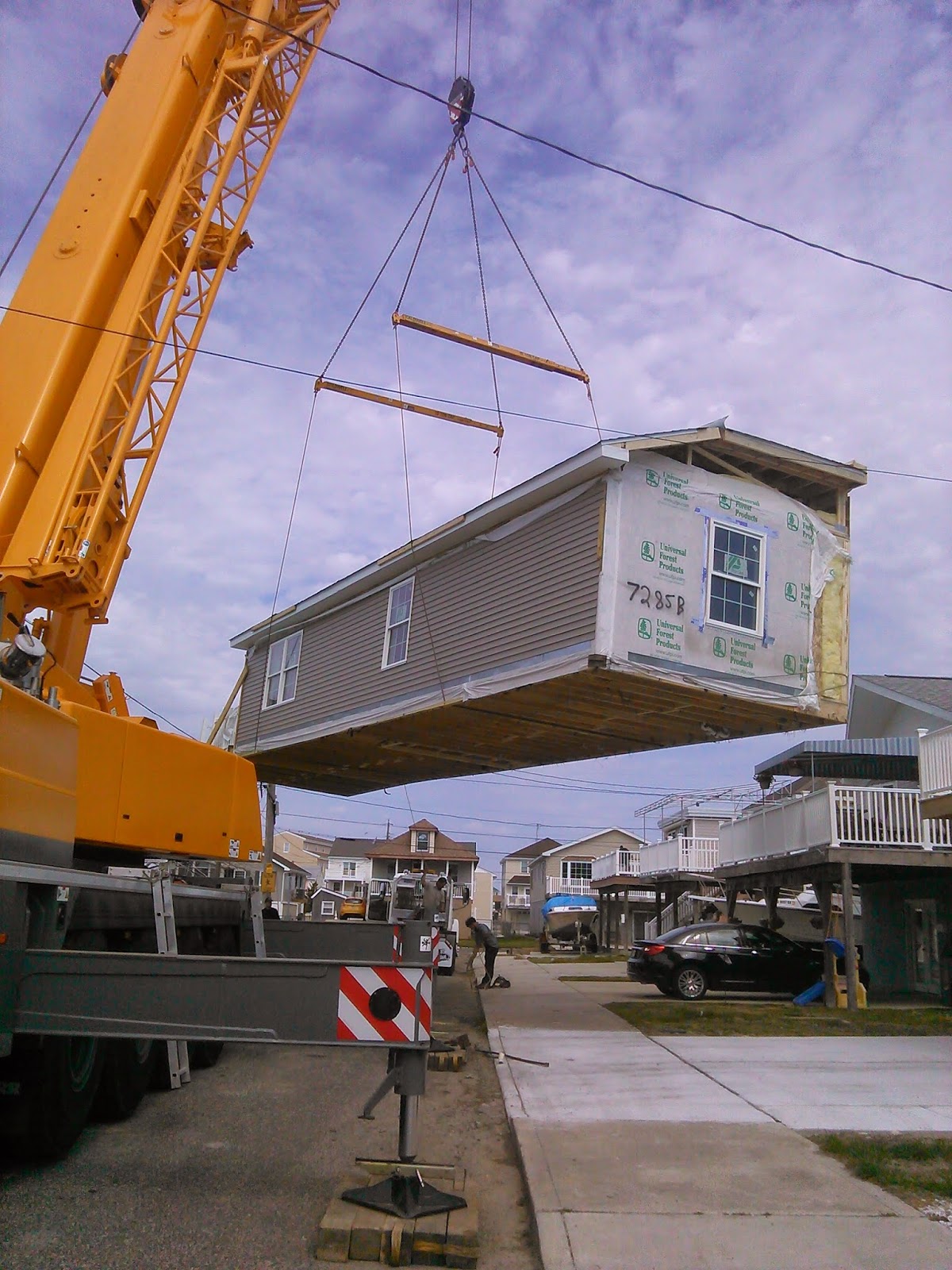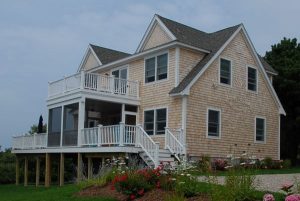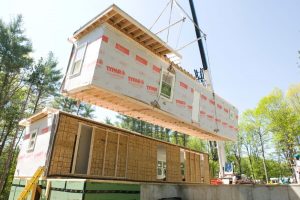Is Modular Housing the Solution to the Housing Crisis?

In 2007, the United States faced a housing crisis that caused the Great Recession and had economic ramifications for years. Some people called it the subprime mortgage crisis. One cause of the crisis is that lenders gave loans to potential homeowners even if the buyers couldn’t afford them.
A decade and a half later, the United States finds itself in another housing crisis for different reasons. The cost of houses has skyrocketed and the average American is wondering what can mitigate this issue. One solution to this problem could be modular housing.
What Is the Current Housing Crisis?
One cause of the current housing crisis is the lack of houses. The dynamics of supply and demand say that a shortage of supply combined with high demand means high prices.
Housing in America has become a commodity. The United States has a shortage of more than 5 million homes nationwide. The number of new families in America has outpaced the number of new homes. From 2012 to 2021, over 12 million new families formed compared to the construction of 7 million new single-family homes.
The rate of new homes has slowed down for a few reasons, such as:
- Supply chains: COVID-19 has disrupted markets in many industries across the globe. The housing industry is unable to avoid the problems, too. Homebuilders need supplies, but they have to wait for backorders. Because of pandemic protocols, companies selling the materials may be short-staffed or under producing. This chain of events leads to a slower rate of homebuilding, unfinished homes, and higher costs for housing because of increased demand.
- Aging construction workers: The construction industry is seeing a pattern similar to what’s happening with pilots: the average age of employees is rising because of fewer young people and early retirements from older employees. Again, the pandemic has contributed to this issue. The construction industry lost more than 1 million workers during the pandemic and has only recovered 80% of those employees. The sector is still short more than 200,000 workers nationwide.
- Last housing crisis: The effects of the subprime mortgage crisis are still being felt over a decade later. The housing market’s crash in 2008 forced many homebuilding companies to go out of business. Some workers left the industry and retrained for other fields. Although some businesses recovered, they suffered again because of the pandemic. Multiple factors came together at once to harm the housing market.
Where Is the Crisis Headed?
The housing market will likely stay on its current course for a while. A repeat of the 2008 housing market crash is unlikely to happen. A low supply and high demand of homes will likely last into the next generation of homebuyers, including Millennials and Gen Z kids who are aging into adulthood.
The regulations Congress put in place after the last crisis will make a market crash less likely. For example, there are more ways to help borrowers from defaulting on their loans. That was a problem in the last crisis.
As the homebuilding industry looks to the future, building greener homes is one long-term solution to the housing crisis that will also help the environment. Federal and state governments and businesses are investing resources into sustainable housing and renewable energy.
For example, the state of Maryland has invested $81 million in grants and rebates for companies using alternative energy sources. A popular new way to build sustainable housing is to construct a modular home.
What Is Modular Housing?
One possible solution to the housing crisis is to build more modular homes. These homes are prebuilt in a factory to about 80% completion. When it leaves the factory, the company will transport the home to the property where the homeowner wants it. The builders will construct the modular home on-site, assembling the house section by section. The only part of the house present beforehand is the foundation.
Modular homes differ from typical houses you may see in your neighborhood. Companies build modular homes completely off-site, while for other places, they’ll construct the building mostly or entirely on location.
Manufactured homes (also called mobile homes or trailers) have similarities to modular homes. A construction business builds both off-site, but they can move manufactured homes around from property to property. Modular homes stay in one place.
How Can Modular Housing Help?
The future of housing could be in modular homes if the United States sees it as a way to mitigate the housing crisis. These homes do provide benefits to all parties involved, including:
- Affordability: Modular houses tend to be cheaper because there is less labor required to build the houses. Companies build modular homes in a factory, which means less waste and a home constructed quickly. With soaring housing prices, consumers will benefit from more affordable housing.
- Lower energy costs: Modular homes can use energy-efficient tools such as solar panels to power the building. While solar panels may bring a higher cost upfront, homeowners will save money on their energy bills. Zero energy modular (ZEM) homes use about one-third of the energy a mobile home does.
- Greener housing: Energy-efficient housing leads to greener homes. Modular homes are typically more environmentally friendly once built and during their construction. Since they build these houses in one location, companies can reduce waste from leaving behind unused or damaged parts. Constructing a house on-site can also lead to stolen or vandalized property.
- Resistance to weather: Modular homes are more durable than manufactured homes and homes built on-site. These premade houses may have to travel across a long distance to get to the designated location, so they need to be able to withstand conditions on the road. Modular homes will help homeowners better endure storms like snow and hurricanes.
- Shorter construction time: Building these houses in a factory setting protects homeowners from bad weather and shields the builders. Bad weather may impede or reverse the progress when constructing a house on-site. Suppose a company makes its houses in one location. That helps the employees because they can live closer to the factory instead of driving long distances to build sites.
- Customizable design: Modular homes are more customizable than their other housing counterparts. These homebuilders will craft each section individually, giving the buyer more flexibility in the design process.
- Building remotely: One advantage of modular houses is the access rural people have to them. Construction companies may only build homes in particular locations advantageous to them and the real estate companies. Remote locations can be challenging to access for the workers, too. People can buy modular homes and can put them in rural areas if they wish because the construction time is much shorter.
The Future of America’s Housing Market
The last housing crisis in 2008 shook America and the housing markets. Though many businesses recovered, the U.S. still feels the Great Recession's ramifications. The pandemic has been unhelpful, too. Supply chain issues and early retirements from construction workers without replacements have fueled a new housing crisis. The demand for housing is outpacing supply without a clear end in sight.
One solution could be modular housing. These homes cut down costs for the builders and the consumers and they’re more environmentally conscious, customizable, and accessible to potential homeowners.
Learn More From MHBA
Do Modular Homes Hold Up in Extreme Weather?
Maybe when you hear “modular home” you get picture “tornado in a trailer park”. Modular homes are built durably to withstand the strain of transportation and installation. They’re also built to the same code as their site-built counterparts. Modular homes are more durable than you imagine!
How to Thrive in a Family Business
Sica Modular Homes and Simplex Homes are successful companies that grew from the entrepreneurial spirit of hardworking Italian-American families. Here, we take a peek into these multi-generational family businesses to learn how they thrived.
Guidelines, Standards & Codes for the Residential Modular Industry
Are there building codes for modular homes? The short answer is “no.” Here’s why and what the industry uses instead.
Relocating to a Rural Area? 4 Reasons to Build With Modular Construction
What makes modular construction the perfect fit for home building in a rural area?
How to Prepare Your Lot for a Modular Home
Get tips for preparing your chosen lot for a modular home installation!
Top Three Energy-Efficient Benefits of Building Modular
See what kind of energy-efficient features modular homes have. Here are the three energy-efficient features that make modular homes a great choice!
About the Author: Rose Morrison is a freelance writer and designer with a background in construction You can contact her at rose@renovated.com.






